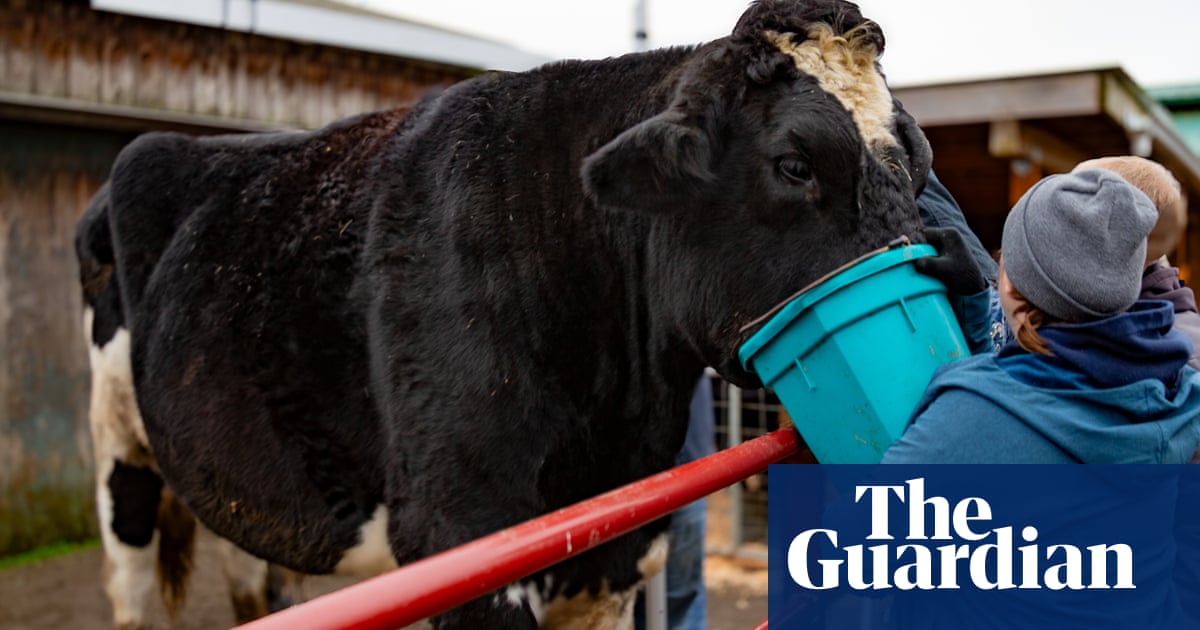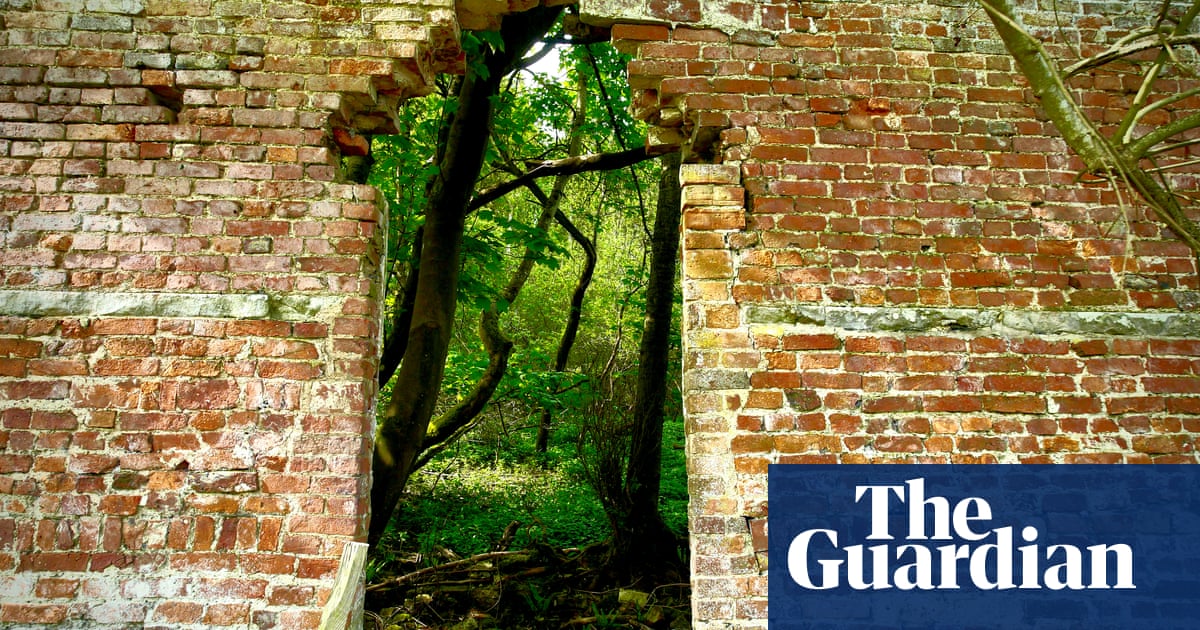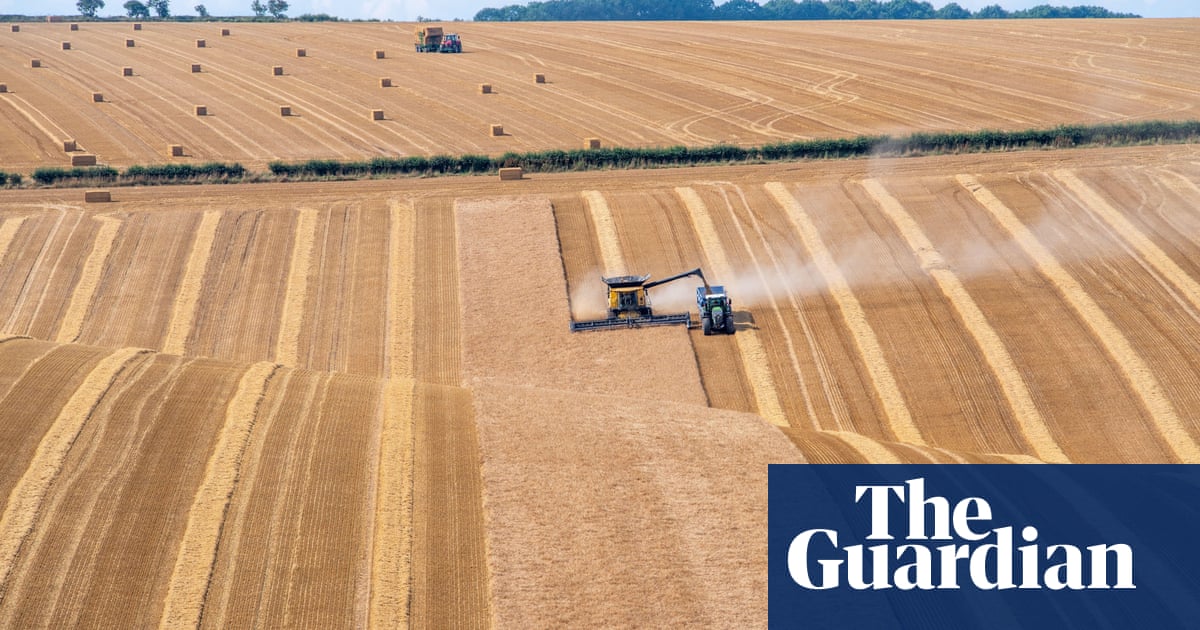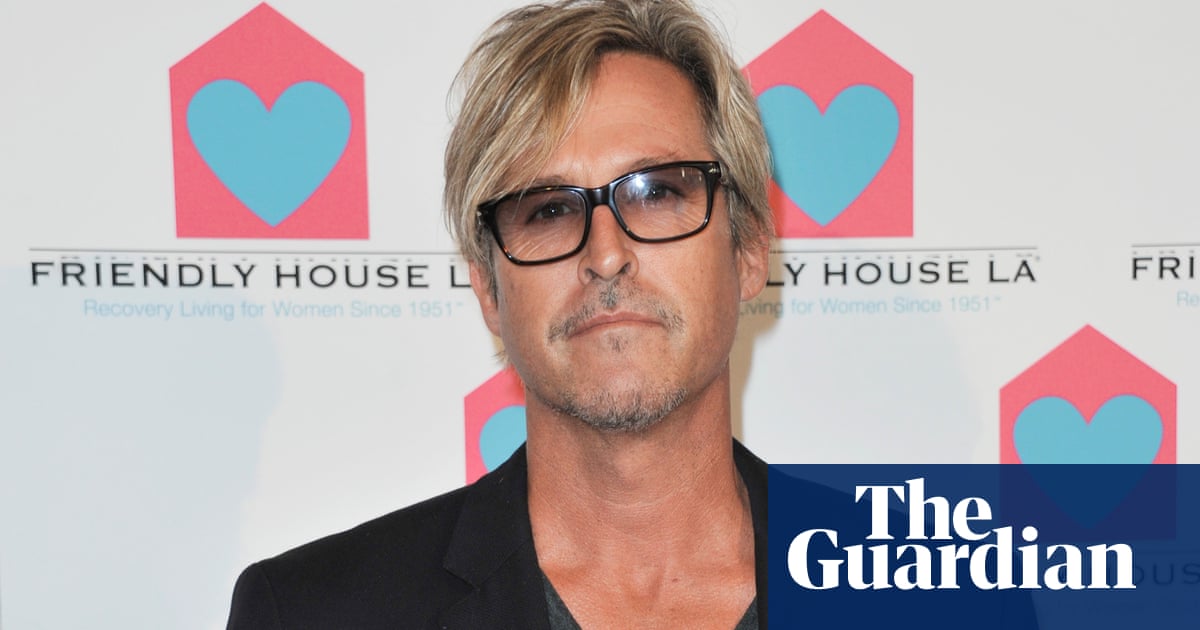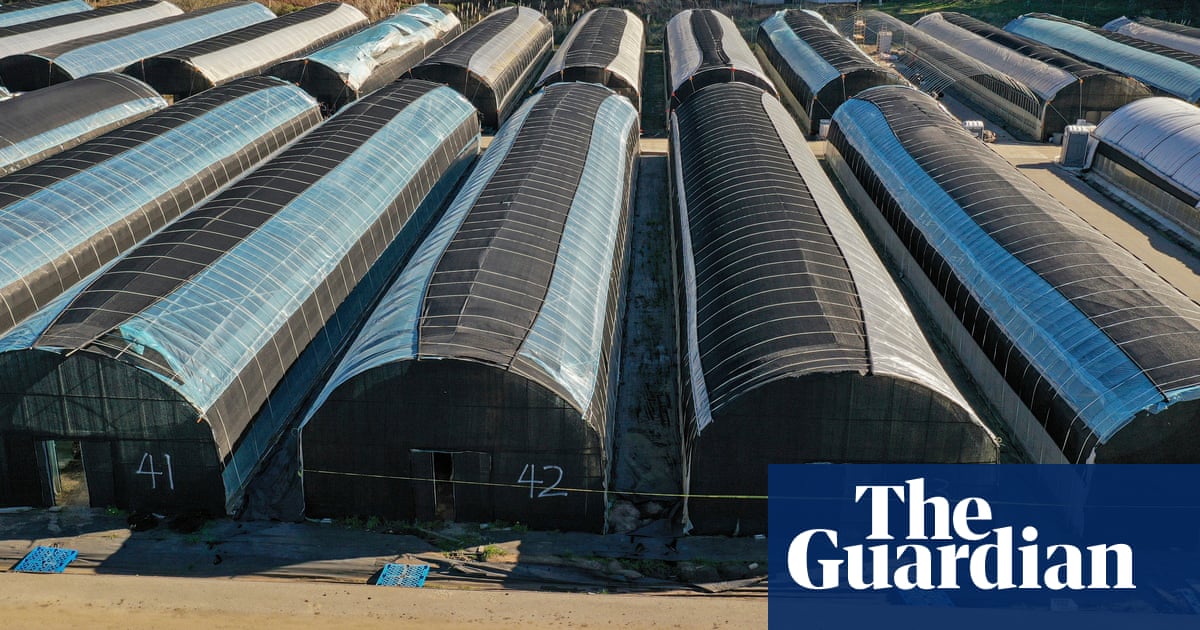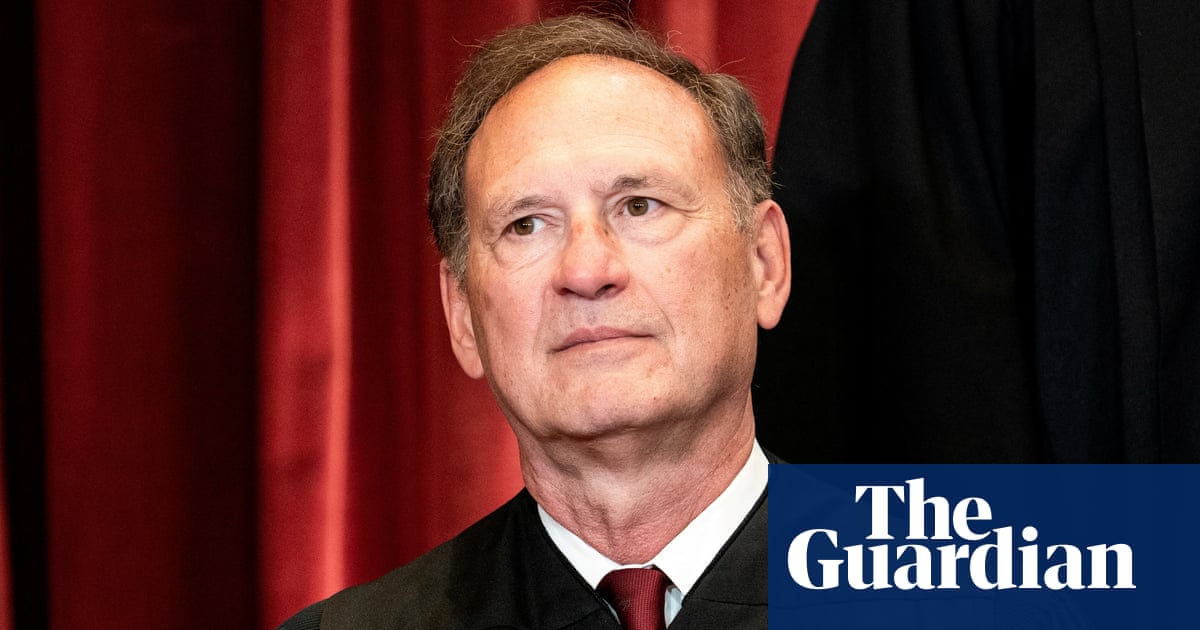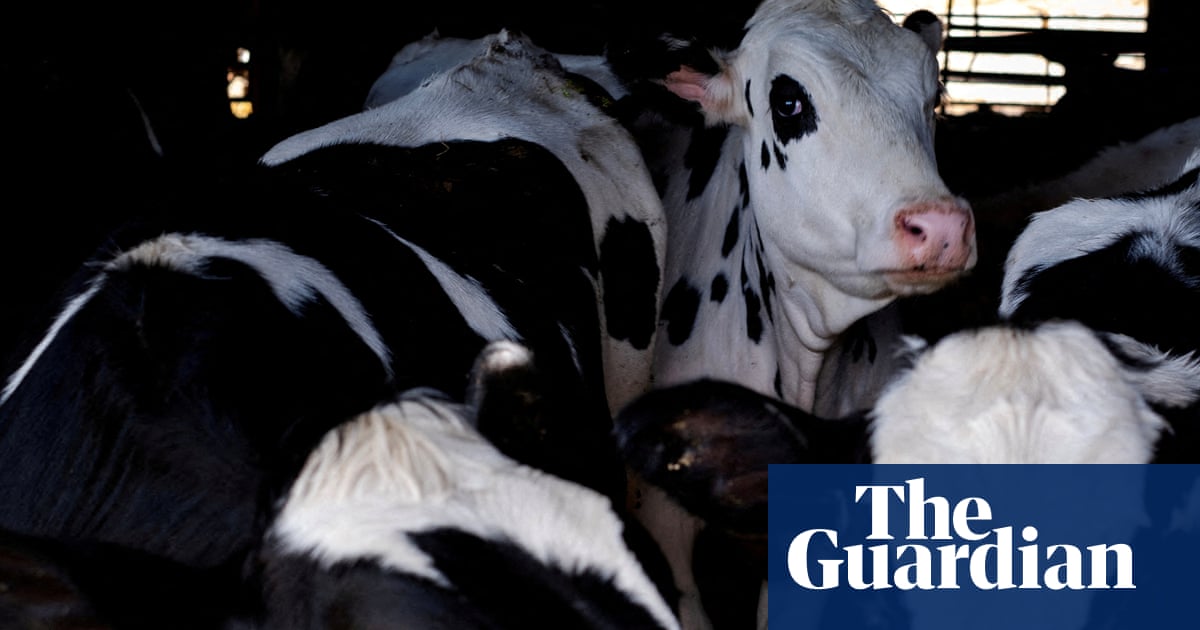Five members of Letzte Generation, Germanyâs equivalent to Just Stop Oil, have been charged with âforming a criminal organisationâ, a move civil rights campaigners say could in effect criminalise future support for the climate campaign.
Mirjam Herrmann, 27, Henning Jeschke, 22, Edmund Schulz, 60, Lukas Popp, 25, and Jakob Beyer, 30, were charged under section 129 of the German criminal code. It is believed to be the first time the law has been applied to a non-violent protest group.
According to prosecutors in the state of Brandenburg, the charges relate to more than a dozen âattacksâ against oil refineries, the Berlin-Brandenburg airport and the Museum Barberini, in Potsdam, between April 2022 and May 2023.
The incidents include protests in which supporters of the group attempted to switch off oil pumping stations leading to the refinery, blocked airport runways and threw mashed potatoes at an oil painting by Monet.
Prosecutors said the charges applied to a subgroup of Letzte Generation, a Germany-wide campaign that has led to thousands of arrests in the past two years.
âThere is sufficient suspicion that the five accused agreed with other members of this subgroup to commit crimes together over a long period of time,â they said. âThe association of people was not only intended to last for a longer period of time, but also served to pursue an overarching common interest.â
The activists say all their protests were open, accountable and non-violent, and contested the use of such a draconian law against them.
âThis is the first time in German history that a climate protest group that uses measures of peaceful civil disobedience is charged as a criminal organisation,â Herrman said.
âThis charge is especially dangerous for democracy and the right to peaceful protest because the charge turns the constitutional right of protest, freedom of speech and political assembly into a crime simply because some laws were broken in course of civil disobedient protest.
âThis charge is meant for mafia and organised crime. This charge criminalises every act of support towards the group Letzte Generation. This creates an immense chilling effect on all climate protests in Germany.â
The charges, brought by the public prosecutorâs office in the town of Neuruppin, come after a two-year investigation into the activities of Letzte Generation, involving dawn raids on supportersâ homes, wiretaps on their phones and even seizing the organisationâs website.
According to Amnesty International Germany, a guilty verdict for even one of the defendants could turn Letzte Generation into a proscribed organisation by criminalising any activity that promotes it or its purposes, whether financially, logistically, politically, legally or in the media.
âWith the indictment, the criminalisation of climate protest in Germany reaches a new level of escalation,â Paula Zimmermann, an expert on freedom of expression and freedom of assembly at Amnesty International Germany, said.
âParagraph 129 of the German criminal code is to combat organised crime. Its application to non-violent protest criminalises civic engagement and thus restricts democratic freedoms.
âDelegitimising and intimidating unpopular protest using criminal law is contrary to freedom of expression and freedom of assembly, as enshrined in human rights and the German constitution.
âWe are very concerned about this development and call on the criminal justice system to respect freedom of expression and assembly in its decisions.â
Prosecutors in Munich and Flensburg are carrying out similar investigations into members of Letzte Generation, the newspaper Der Spiegel reported.

